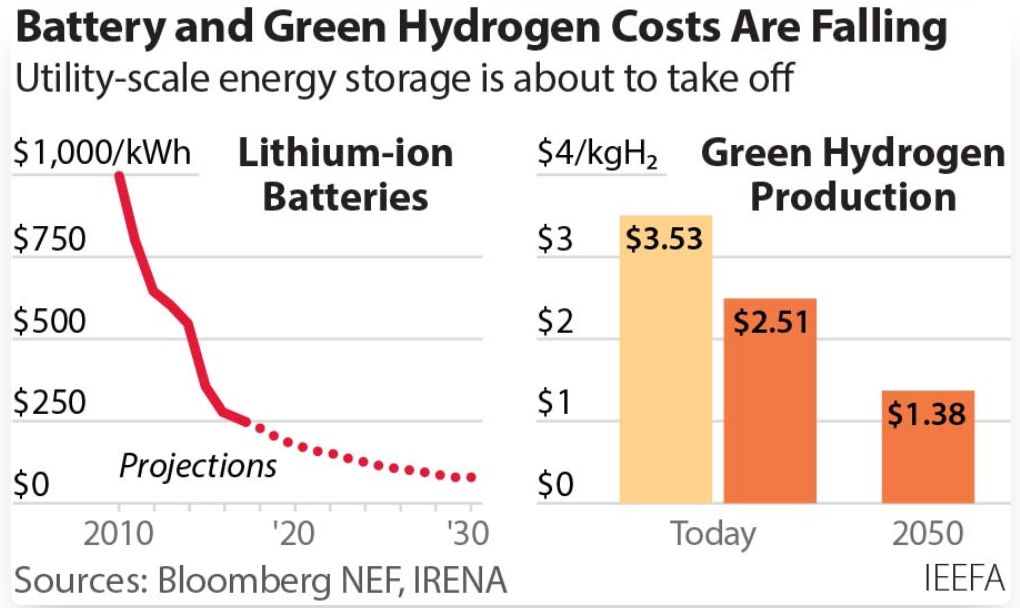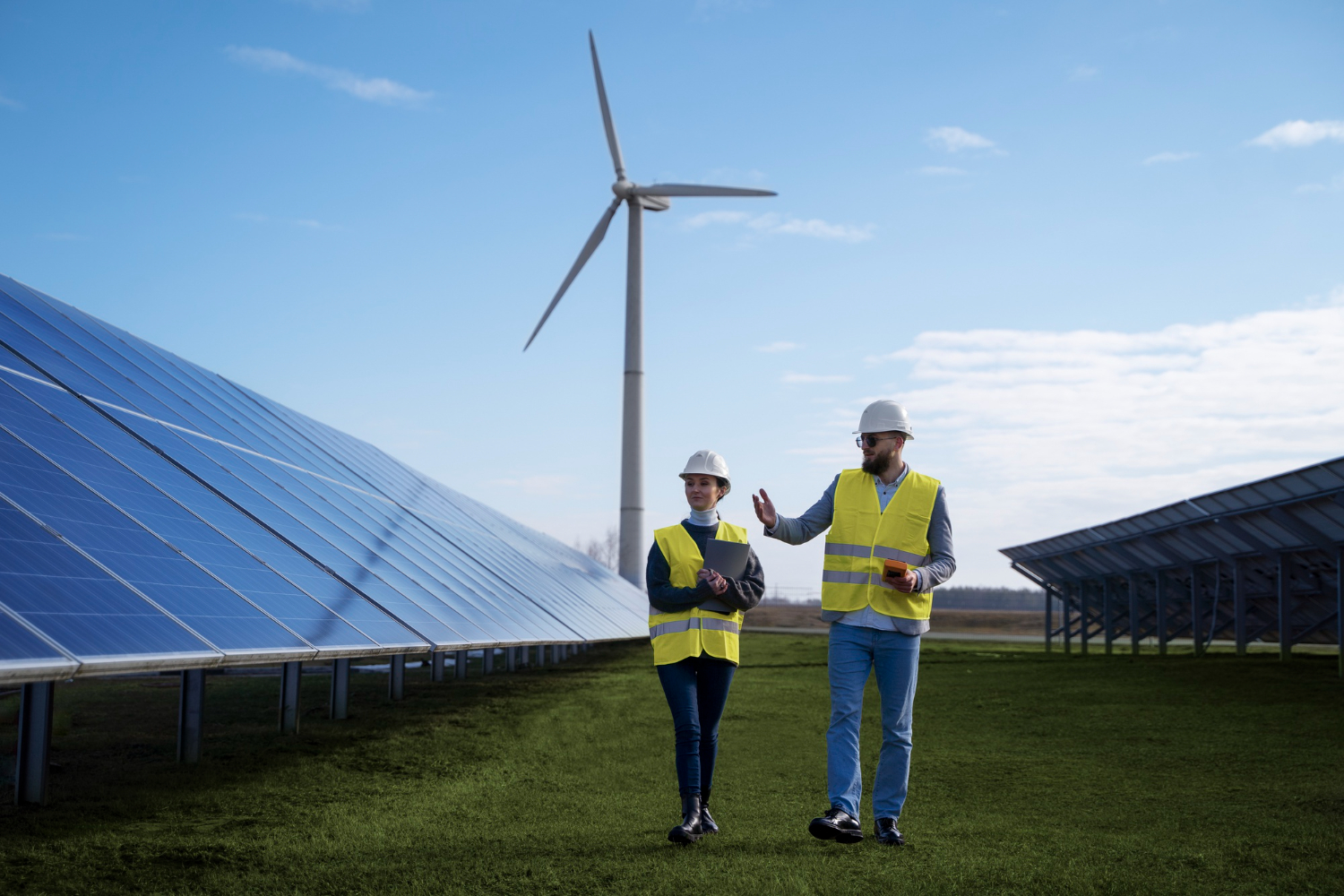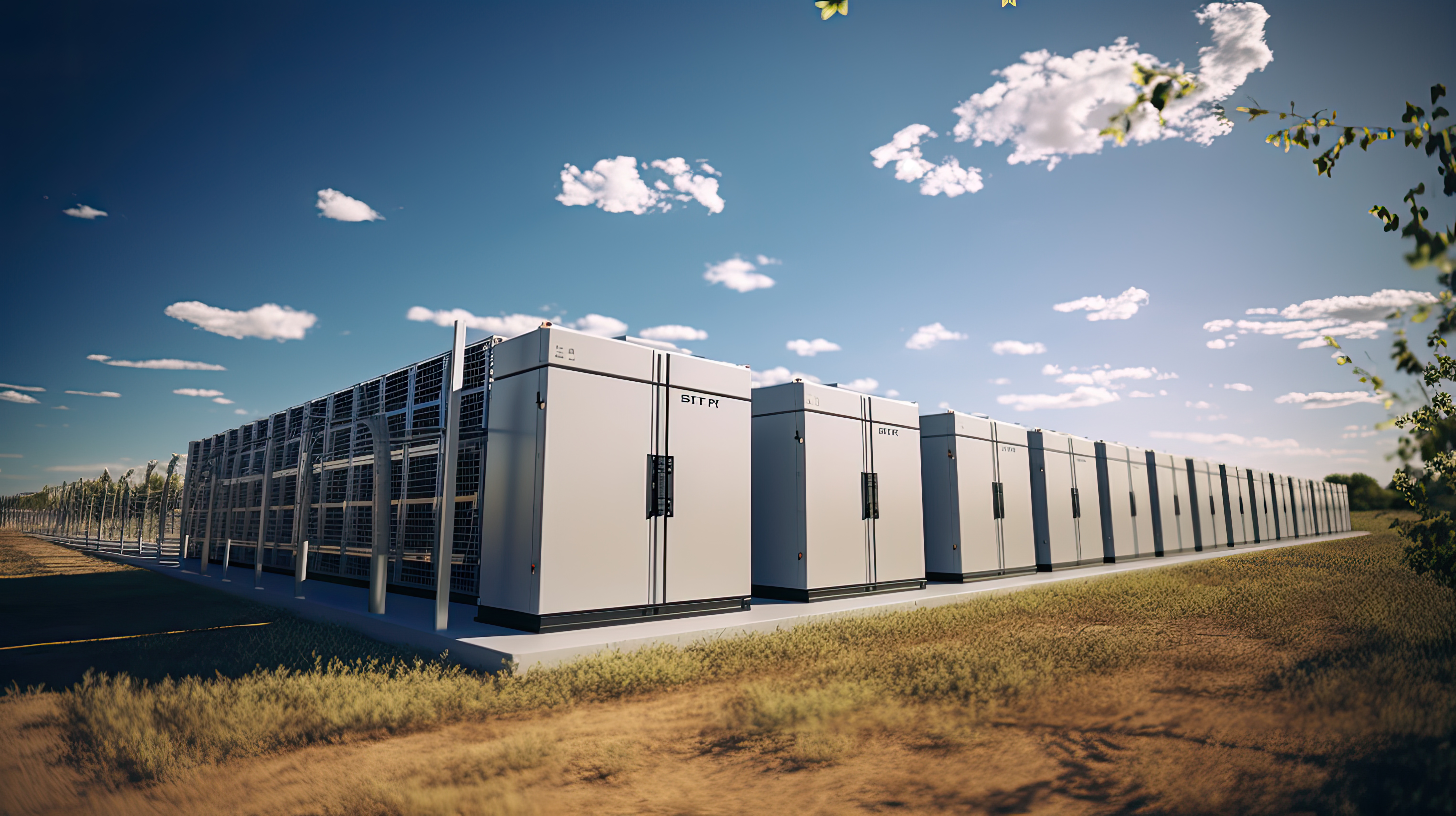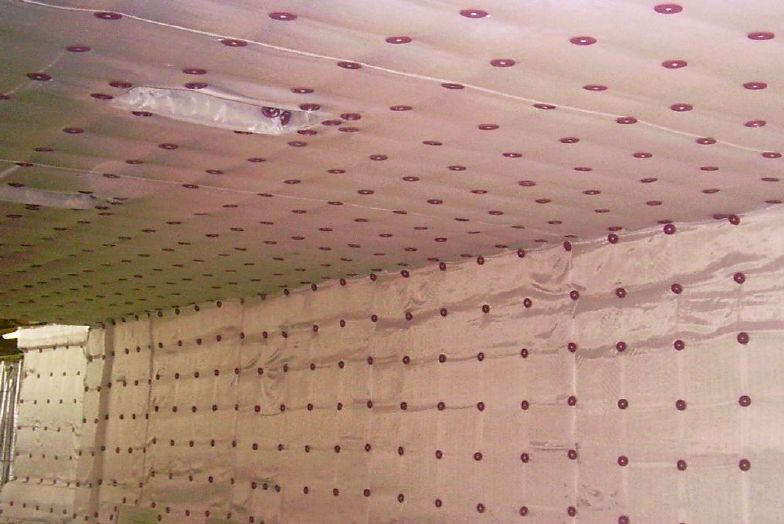Latest Blogs
Green Hydrogen vs Battery Energy Storage
20 May 2025
Read More

Solar and wind power are leading the charge, but there's one big challenge: they don't generate electricity all the time. That’s where energy storage comes in. Two of the most talked-about storage solutions today are Green Hydrogen and Battery Energy Storage Systems (BESS). Both play important roles, but how do they compare? Let’s break it down in a way that’s easy to understand.

Energy remains a driving force behind economic development, helping millions rise out of poverty and enhancing living standards for billions worldwide. However, a significant portion of the global population still lacks adequate access to energy and consumes far less than the global average. This combined challenge of promoting inclusive growth while addressing climate change creates a pressing need for industries to fundamentally rethink and reshape their energy consumption strategies.

In industrial corridors across the country, a familiar hum persists, the sound of diesel generators (DGs) kicking in during peak hours or outages. For years, DGs have been the dependable backup, keeping operations running through grid instability. But as industries evolve and sustainability takes the main stage, a crucial question arises: Is it still viable to rely on DGs (or) is it time to shift to Battery Energy Storage Systems (BESS)? This question isn't just about power, it's about cost, compliance, competitiveness, and carbon curbing.

In the world of high-temperature insulation, the choice of materials has a direct impact on operational efficiency, furnace longevity, and product quality. While ceramic fibre (RCF) insulation has long been the standard, there is a growing shift toward polycrystalline wool (PCW) blankets—and for good reason. Steel plants and other high-temperature process industries are beginning to realise that PCW offers a host of benefits that far outweigh its higher initial cost.